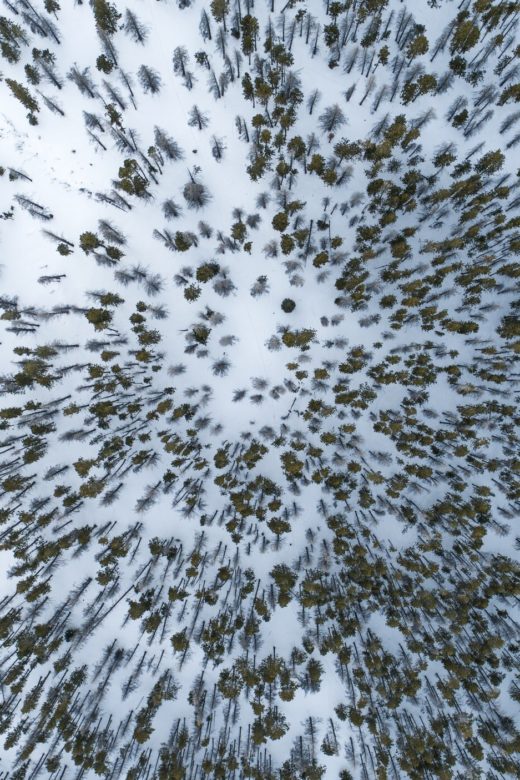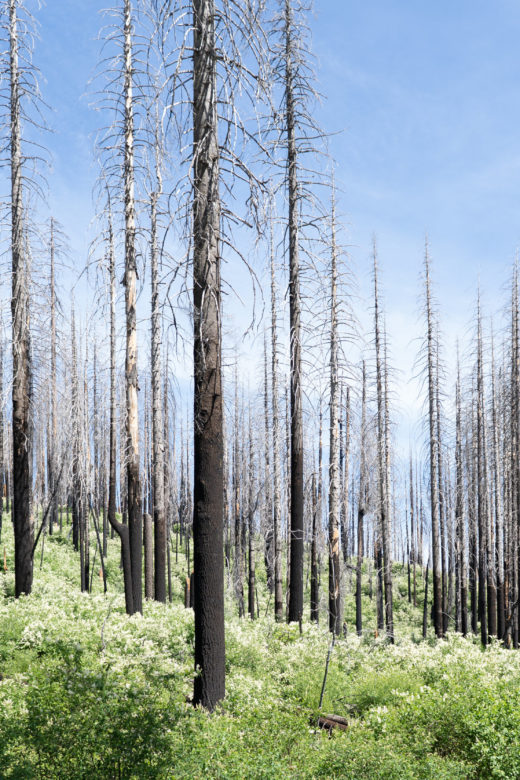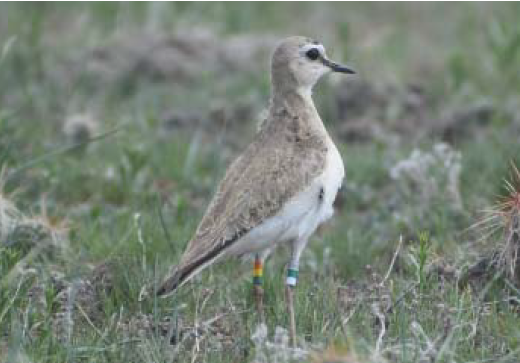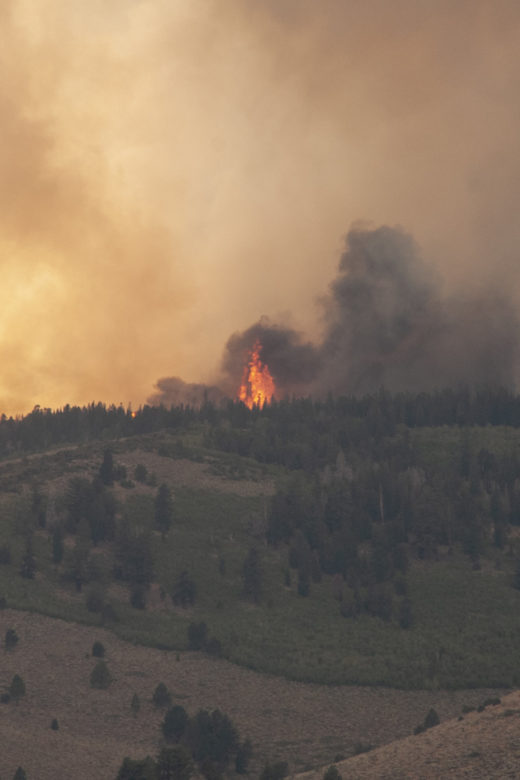As the number and size of large-scale wildfires increase, post-fire salvage logging will continue to be a contentious form of …
Research Brief: Wildfire-driven conversion in Western North American forests
Research Brief Full Publication Here Management Implications: In an era of change, a "resist, accept, and direct" (RAD) …
Continue Reading about Research Brief: Wildfire-driven conversion in Western North American forests
Restoring Cheatgrass Invaded Rangelands Decreases Wildfire Risk and Increases Wildlife Browse
Research Brief Here Cheatgrass-fueled wildfires are threatening critical mule deer and sage grouse habitat. Learn about one …
Rangeland Analysis Platform (RAP)
From USDA NRCS comes a free new online tool to help manage and monitor western rangelands. View a how-to webinar to learn the ins …
Plovers, prairie dogs, and fire: Managing semi-arid rangelands for wildlife and livestock
New synthesis from the Great Plains Fire Science Exchange on Mountain plover and prescribed fire research. Introduction: The …
The effects of prescribed fire on wildfire regimes and impacts: A framework for comparison; Tamm Review
Abstract: Prescribed fire can result in significant benefits to ecosystems and society. Examples include improved wildlife …
Targeted Grazing – A Collection of Resources
A collection of resources from the Great Basin Fire Science Exchange including tools and resources for planning and implementing …
Continue Reading about Targeted Grazing – A Collection of Resources
Land use planning can reduce wildfire risk to homes and communities
Wildfire risk to people and homes is increasing. While climate change and decades of fuel buildup have exacerbated wildfires, …
Continue Reading about Land use planning can reduce wildfire risk to homes and communities








